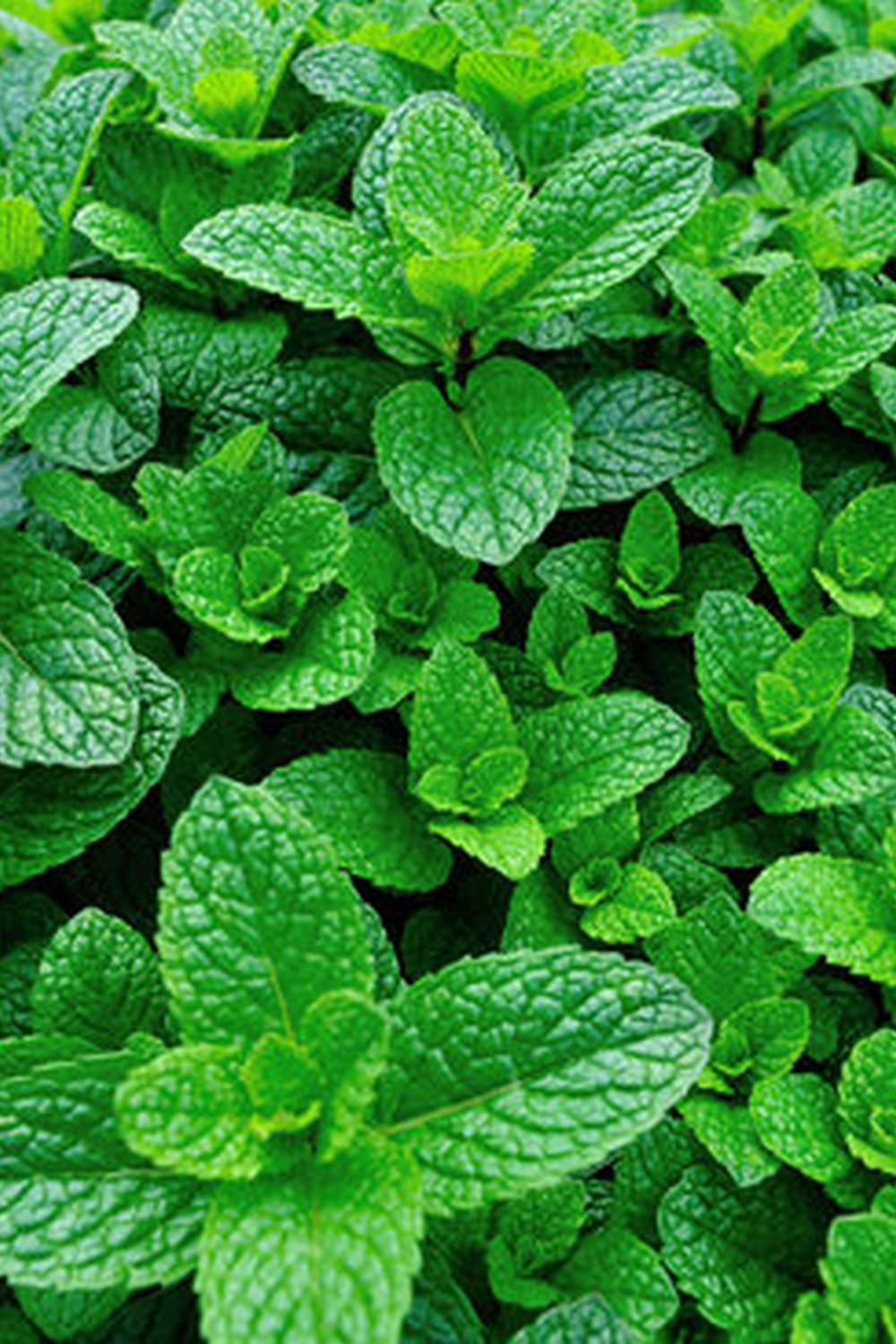Florida home vegetable gardening offers a unique opportunity for residents to grow their own fresh produce right in their backyard. With the state’s warm and sunny climate, there are plenty of vegetables that thrive in Florida’s conditions.
From tomatoes to peppers to leafy greens, the options for a successful home garden are plentiful. Whether you’re new to gardening or have some experience, this guide will provide valuable tips and techniques for cultivating a thriving vegetable garden in the Sunshine State.
When it comes to growing vegetables in Florida, understanding the climate is key. The state’s hot and humid weather presents both opportunities and challenges for home gardeners.
This article will explore the best vegetables to grow in a Florida home garden and provide insights into choosing the right location, preparing the soil, watering techniques, and managing pests and diseases specific to the region. Additionally, we will discuss a Florida-specific gardening calendar and planting guide so you can maximize your harvest throughout the year.
By following the advice in this comprehensive guide, you’ll be well-equipped to start your own Florida home vegetable garden and enjoy a bountiful harvest of fresh, nutritious produce. Whether you’re a seasoned gardener or just starting out, there’s something truly rewarding about growing your own food right at home – not to mention the health benefits that come with it.
So let’s dive in and discover how you can make the most of Florida’s unique climate for vegetable gardening.
Best Vegetables to Grow in a Florida Home Garden
When it comes to Florida home vegetable gardening, the unique climate and conditions in the state allow for a wide variety of vegetables to thrive. Whether you’re a seasoned gardener or just starting out, there are several vegetables that are particularly well-suited for growing in a Florida home garden.
Warm-Season Vegetables
In Florida, warm-season vegetables can be planted as early as February and March, making them an excellent choice for home gardeners. Some popular warm-season vegetables to consider planting in your Florida garden include tomatoes, peppers, eggplant, cucumbers, squash, and beans. These vegetables love the heat and sunshine that Florida has to offer, and with proper care and attention, they can produce an abundant harvest throughout the summer months.
Cool-Season Vegetables
While Florida is known for its hot and humid weather, there are also some cool-season vegetables that perform well in the state during the fall and winter months. Cool-season crops such as leafy greens (lettuce, spinach, kale), broccoli, cauliflower, carrots, radishes, and peas can be grown successfully in a Florida home vegetable garden. These vegetables thrive in the milder temperatures that occur during the cooler months of the year.
Herbs
In addition to traditional vegetables, herbs are also a great addition to any Florida home garden. Herbs like basil, mint, rosemary, cilantro, and parsley not only add flavor to your cooking but also provide beauty and fragrance to your garden. Many herbs are easy to grow and can be planted alongside your vegetables or in separate containers for convenience.
By choosing the best vegetables for your specific location within Florida’s diverse climate zones and properly tending to their needs throughout their growth cycle from planting through harvesting will reward you with an abundance of fresh produce straight from your very own backyard.
Choosing the Right Location for Your Florida Vegetable Garden
When it comes to growing a successful Florida home vegetable garden, selecting the right location is crucial. The ideal spot for your garden should receive at least 6-8 hours of direct sunlight each day, as most vegetable plants thrive in full sun. In addition, it’s important to choose a location that has good drainage and is not prone to flooding, especially during Florida’s frequent heavy rainstorms.
Another factor to consider when choosing the right location for your Florida vegetable garden is proximity to a water source. Since the Florida climate can be quite hot and dry, having easy access to water will make it more convenient to keep your garden adequately irrigated. Whether you plan on using a hose, sprinkler system, or drip irrigation, having a water source nearby will make it easier to maintain a healthy garden.
In addition to sunlight and water accessibility, you’ll also want to take into account any potential obstacles that could impact your garden’s success. These may include large trees or structures that could shade your garden area, competition from nearby plants or trees for nutrients and moisture, and even potential pest issues. By carefully considering these factors, you can ensure that you choose the best possible location for your Florida home vegetable gardening endeavor.
| Location Factors | Considerations |
|---|---|
| Sunlight | At least 6-8 hours of direct sunlight per day |
| Drainage | Avoid locations prone to flooding |
| Water Source | Proximity to a water source for irrigation needs |
| Potential Obstacles |
Tips for Preparing the Soil in a Florida Home Vegetable Garden
When it comes to Florida home vegetable gardening, one of the most crucial aspects to consider is the soil. The type and quality of soil can greatly impact the success of your garden, so taking the time to properly prepare it is essential. Here are some tips to ensure that your Florida home vegetable garden has the best possible soil for optimal growth and yield.
Soil Testing
Before you start any gardening activities, it’s important to conduct a soil test to determine its pH level and nutrient content. In Florida, soils can vary widely in their composition, so understanding what you’re working with will help you make informed decisions about which vegetables to grow and what amendments may be needed.
Amending the Soil
Once you’ve received your soil test results, you can then add any necessary amendments to improve the soil quality. In Florida, it’s common for soils to be sandy and low in organic matter, so adding compost or well-rotted manure can help improve structure and fertility. Additionally, incorporating organic matter into the soil can also aid in water retention, which is particularly beneficial during Florida’s hot and dry seasons.
Soil Preparation Techniques
When preparing the soil for a Florida home vegetable garden, it’s important to loosen compacted areas and remove any debris or rocks that could hinder root growth. Use a tiller or hand tools to break up clumps and create a fine texture that allows for good seed-to-soil contact. Proper soil preparation will not only provide an optimal growing environment for your vegetables but also make maintenance tasks such as weeding much easier.
By taking the time to properly prepare the soil in your Florida home vegetable garden, you’ll be setting yourself up for success right from the start. With healthy, nutrient-rich soil, your vegetables will have a strong foundation for growth, leading to a bountiful and satisfying harvest.
Watering and Irrigation Techniques for Florida Vegetable Gardens
When it comes to Florida home vegetable gardening, one of the most important aspects to consider is proper watering and irrigation techniques. With its hot and often dry climate, Florida’s vegetable gardens require specific attention to ensure the plants receive the right amount of water to thrive.
One key tip for watering a Florida home vegetable garden is to deeply water the plants early in the morning or late in the evening when temperatures are cooler. This helps reduce evaporation and allows the water to penetrate deep into the soil where the roots can access it. Additionally, using a soaker hose or drip irrigation system can be especially beneficial in conserving water while delivering it directly to the base of the plants.
It’s also essential to monitor the moisture levels in the soil regularly, especially during periods of drought or intense heat. One effective way to do this is by using a moisture meter to determine when watering is needed. However, it’s important not to overwater as this can lead to root rot and other issues. Mulching around vegetables can also help retain soil moisture and regulate temperature.
By following these tailored watering and irrigation techniques for Florida home vegetable gardening, gardeners can help their plants withstand the unique climate of Florida and produce a bountiful harvest throughout the growing season.
Managing Pests and Diseases in a Florida Vegetable Garden
Florida’s warm and humid climate can create the perfect conditions for pests and diseases to thrive in home vegetable gardens. However, there are several strategies that can be employed to manage these issues and help ensure a successful harvest. One of the most important steps is to regularly inspect your plants for any signs of pests or disease. Early detection can make it easier to address these problems before they become widespread.
It’s essential to choose the right plants for your Florida home vegetable garden. Some varieties have built-in resistance to common pests and diseases in Florida, such as nematodes and fungal infections. Additionally, practicing crop rotation can help prevent the buildup of pests and diseases in the soil over time. By rotating your crops each season, you can disrupt the life cycle of many common garden pests.
Another key aspect of managing pests and diseases in a Florida home vegetable garden is to use natural and organic methods whenever possible. This can include using beneficial insects like ladybugs or praying mantises to control pest populations, as well as employing companion planting techniques that can help repel harmful insects.
Organic pesticides and fungicides are also available for more serious infestations, but it’s important to carefully read and follow the instructions on these products to avoid harming beneficial insects or contaminating your vegetables.
| Issue | Solution |
|---|---|
| Nematodes | Planting marigolds as a cover crop helps reduce nematode populations |
| Fungal Infections | Applying copper-based fungicides can prevent fungal diseases in vegetables |
| Pest Infestations | Attracting beneficial insects like ladybugs through planting dill or fennel nearby vegetable crops |
Florida-Specific Gardening Calendar and Planting Guide
When it comes to Florida home vegetable gardening, it’s important to understand the unique climate and growing conditions in the state. With a long growing season and warm temperatures, Florida is an ideal place for cultivating a wide variety of vegetables. By following a gardening calendar and planting guide tailored to Florida’s specific conditions, you can maximize your garden’s productivity and enjoy a bountiful harvest throughout the year.
To help you plan and organize your Florida home vegetable garden, here is a planting guide that outlines the best times to plant various crops in the state:
- January – March: Plant cool-season vegetables such as broccoli, cauliflower, carrots, lettuce, and spinach.
- April – June: Sow warm-season crops like tomatoes, peppers, squash, cucumbers, and sweet potatoes.
- July – September: Consider planting heat-tolerant varieties of beans, eggplant, okra, and southern peas.
- October – December: Start cool-season crops again such as cabbage, kale, radishes, and turnips.
In addition to following a planting schedule tailored to Florida’s climate, it’s essential to consider the specific growing conditions of your garden location. Factors such as sunlight exposure, soil type, and drainage can all impact the success of your vegetable garden. By choosing the right location for your garden and providing proper care throughout the growing season, you can ensure healthy plant growth and abundant yields.
Whether you are an experienced gardener or just starting out with Florida home vegetable gardening Keyword>, using a gardening calendar and planting guide that is specific to Florida can help you make the most of your efforts. By selecting appropriate crops for each season and paying attention to local growing conditions, you can create a thriving garden that provides delicious homegrown produce year-round.
Harvesting and Enjoying the Fruits of Your Florida Home Vegetable Garden
After putting in the hard work of planning, preparing, and maintaining your Florida home vegetable garden, it’s finally time to reap the rewards of your efforts. Here are some tips for harvesting and enjoying the fruits of your labor:
- Plan your harvest: Before you start picking your vegetables, it’s important to know when they are at their peak ripeness. Consult a gardening calendar or planting guide specific to Florida to know when each type of vegetable should be harvested.
- Harvest with care: When it comes time to pick your vegetables, handle them with care to avoid bruising or damaging the produce. Use a sharp pair of garden scissors or pruning shears for fruits and vegetables that need to be cut from the plant, such as peppers or tomatoes.
- Enjoy the flavors of your garden: There’s nothing quite like the taste of freshly picked produce from your own garden. Whether you’re making a salad with homegrown lettuce and cucumbers or grilling up some zucchini and eggplant, savor the flavors of your Florida home vegetable garden.
By following these tips, you can ensure that you get the most out of your Florida home vegetable gardening experience. From carefully planning when to harvest each type of vegetable to enjoying the delicious flavors of your homegrown produce, there’s nothing quite like reaping the rewards of your efforts.
Conclusion
In conclusion, Florida home vegetable gardening offers a unique opportunity for residents to connect with nature, enjoy fresh produce, and reap numerous benefits. Despite the challenges posed by Florida’s climate and pests, the rewards of cultivating a vibrant vegetable garden are well worth the effort. From enjoying the satisfaction of growing your own food to promoting a healthy lifestyle, there are countless joys and benefits that come with tending to a Florida home vegetable garden.
One of the most significant benefits of Florida home vegetable gardening is the access to fresh, organic produce. By growing your own vegetables, you can ensure that you and your family are consuming nutritious, pesticide-free foods. Additionally, cultivating a garden in your own backyard can encourage physical activity and provide a sense of accomplishment as you witness your plants flourish.
Moreover, Florida home vegetable gardening also offers an opportunity for residents to participate in sustainable practices and contribute to environmental conservation. By reducing their carbon footprint through locally sourced produce and minimizing food waste, individuals can make a positive impact on their community and the planet as a whole. Overall, the joy of nurturing a Florida home vegetable garden goes hand in hand with the numerous physical, mental, and environmental benefits it brings.
Frequently Asked Questions
When Should I Start a Vegetable Garden in Florida?
In Florida, the best time to start a vegetable garden is in the fall, typically from September to November. This allows for moderate temperatures and plenty of sunlight, which are favorable conditions for vegetable growth.
What Is the Easiest Vegetable to Grow in Florida?
The easiest vegetable to grow in Florida is probably the cherry tomato. They thrive in the warm climate and are relatively low-maintenance. Other easy options include peppers, okra, and sweet potatoes.
Is It Too Hot in Florida to Grow Vegetables?
While it can get very hot in Florida, it is still possible to grow vegetables with proper care and attention. It’s important to choose heat-tolerant varieties, provide adequate shade and water, and plant at the right times of year to avoid the hottest months. With these considerations, vegetables can still be successfully grown in Florida’s climate.

If you’re looking to get into vegetable gardening, or are just looking for some tips on how to make your current garden better, then you’ve come to the right place! My name is Ethel and I have been gardening for years. In this blog, I’m going to share with you some of my best tips on how to create a successful vegetable garden.





